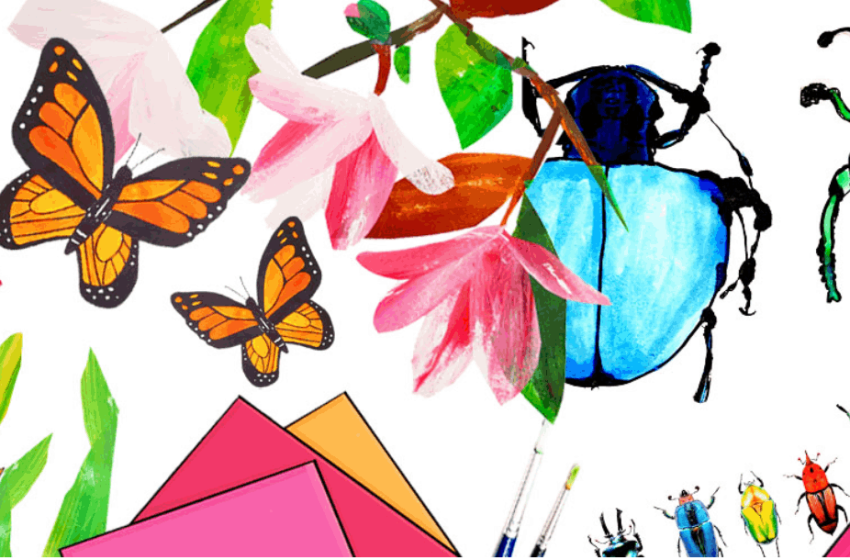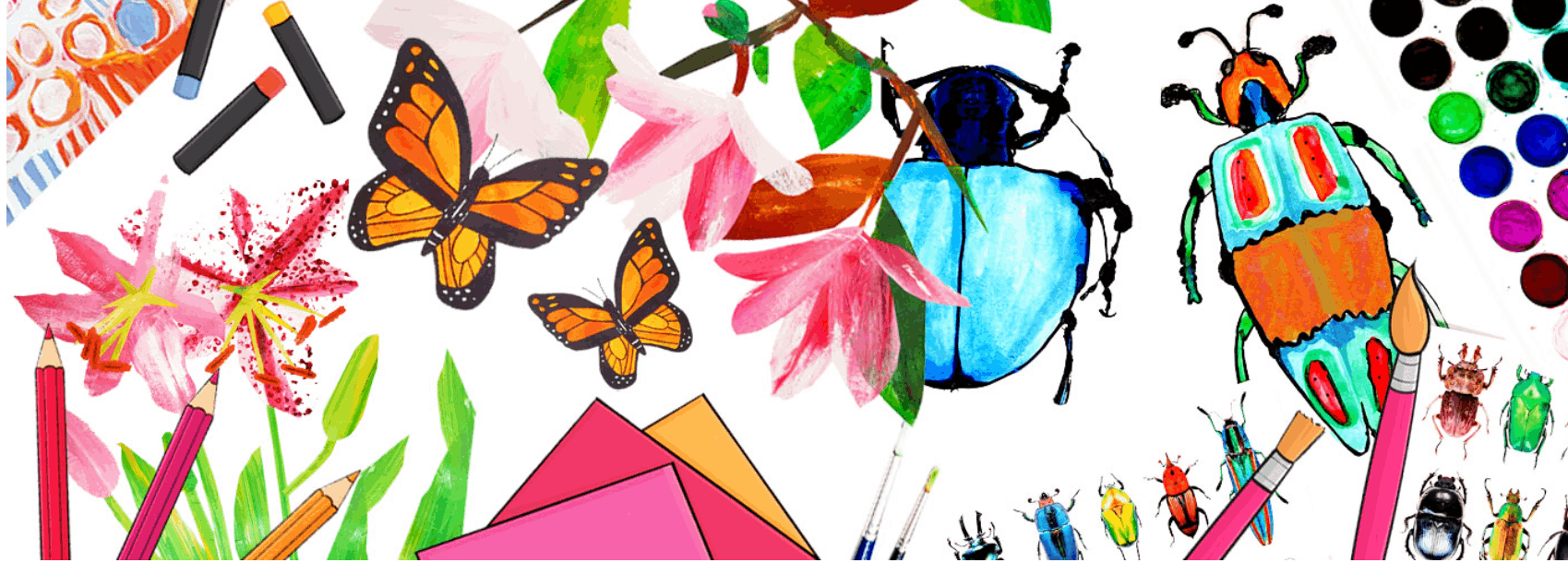Exploring the Profound Benefits of Art Lessons for Teachers

Teaching is an art, a delicate dance between imparting knowledge and inspiring young minds. In the pursuit of effective education, teachers are increasingly turning to art lessons as a powerful tool for personal and professional development. Beyond the traditional subjects, the benefits of integrating art into a teacher’s skill set are profound and have far-reaching implications for both educators and their students.
1. Igniting the Spark of Creativity
Art lessons for teachers serve as a vibrant canvas for educators to explore and ignite their own creativity. Engaging in artistic endeavors allows teachers to break away from routine thinking patterns, fostering a mindset of innovation. As teachers tap into their creative reserves, they discover new and imaginative ways to present information, making lessons more captivating and inspiring for students. This newfound creativity extends beyond the art studio and permeates all aspects of teaching.
2. Cultivating Enhanced Observation Skills
Art encourages keen observation and attention to detail, skills that are invaluable in the classroom. Through art lessons, teachers hone their ability to perceive nuances, identify patterns, and make connections between seemingly unrelated elements. These enhanced observation skills enable educators to better understand the unique learning styles and needs of their students, leading to more tailored and effective teaching strategies.
3. Fostering Effective Communication through Visual Language
Art is a universal language that transcends words. Participating in art lessons equips teachers with an additional means of expression – the visual language. This newfound ability to communicate visually is particularly advantageous in diverse classrooms where students may have varying language backgrounds. Visual communication becomes a powerful tool for conveying complex ideas and ensuring that all students can grasp the concepts being presented.
4. Stress Reduction and Emotional Well-being
Teaching can be emotionally and mentally taxing, often leading to stress and burnout. Art lessons provide a therapeutic outlet for teachers to express and manage their emotions. Engaging in artistic activities, whether it’s painting, drawing, or sculpting, has been linked to reduced stress levels and increased emotional well-being. Art becomes a form of self-care, allowing teachers to navigate the demands of their profession with greater resilience and balance.
5. Embracing a Growth Mindset Through Artistic Risk-Taking
Creating art often involves taking risks and embracing imperfections. Teachers, through art lessons, learn the value of experimentation and the beauty in making mistakes. This experience cultivates a growth mindset – the belief that abilities can be developed through dedication and hard work. Educators who have navigated the uncertainties of the creative process are better equipped to guide students through challenges, fostering resilience and a positive attitude towards learning.
6. Building a Positive Classroom Atmosphere
Art has the power to uplift and inspire. Integrating art into teaching creates a positive and dynamic classroom atmosphere. Students often respond enthusiastically to artistic activities, making the learning experience more enjoyable and memorable. Teachers who infuse creativity into their lessons witness a positive shift in the overall mood of the classroom, promoting a sense of community and shared enthusiasm for learning.
7. Enhancing Multidisciplinary Learning
Art naturally lends itself to integration with other disciplines. Teachers incorporating art into their lessons can seamlessly merge subjects, providing a multidisciplinary learning experience. For example, combining art with science can result in engaging projects that demonstrate scientific principles visually. This holistic approach not only enriches the learning experience but also equips students with a broader understanding of how different fields intersect.
8. Nurturing Empathy and Cultural Awareness
Art has the power to evoke emotions and convey diverse perspectives. Teachers immersed in art lessons gain a deeper understanding of the cultural and emotional aspects of creativity. This heightened empathy can be channeled into the classroom, fostering a more inclusive and culturally sensitive educational environment. Art becomes a bridge, allowing teachers to connect with students on a more profound level, irrespective of cultural backgrounds.
Conclusion
Incorporating art into a teacher’s toolkit is not just about mastering artistic techniques; it’s a transformative journey that brings forth a myriad of benefits. From unlocking creativity and enhancing communication skills to reducing stress and fostering resilience, art offers teachers a dynamic set of tools for personal and professional development. The ripple effect of integrating art into education extends beyond the classroom, shaping a positive and enriching learning environment for both educators and students alike.
As teachers embrace the benefits of art lessons, they embark on a path of continuous growth, inspiration, and a deeper connection with the art of teaching. In the ever-evolving landscape of education, art becomes not just a subject but a powerful vehicle for cultivating a holistic approach to learning and nurturing the hearts and minds of the next generation.


